Being salesy is like using a leaky bucket to fetch water from a stream. You put in more effort for less results.
I was at a friend’s house and he got a call on his home phone. He asked me to grab it for him.
I picked up the phone, heard the click that transferred me to an operator, and could make out the noise of a busy office. The person on the other end spoke in heavily accented English and proceeded to tell me about a great opportunity.
I would make tons of extra money every month, travel the world, and improve my health all in one fell swoop. He described it as a dream come true. That doesn’t matter to me.
I slowly lowered the phone to the receiver and went back to what I was doing. My friend asked me who it was.
I said one word – “telemarketer.”
His reply was equally short – “oh.”
We went about our day without missing a beat.
That was the perfect example of being salesy. This guy is too:
You may not be like either one of the people I mentioned but chances are you put messages out into the world. You post social media updates, send emails to your list, and create content for your business.
If you don’t make a conscious effort, you’ll come off as salesy through at least one of those mediums. That’s a bad thing. We’re going to look at how to identify when you’re being salesy and how to prevent that while selling like a human.
Table of Contents
How to know you’re being too salesy
First things first, most people know what being salesy is when they see it. It doesn’t have a clear definition but is more of a feeling of being icky and inauthentic.
That doesn’t serve us so I’m going to define it:
Salesy is a term used to describe a salesperson who sells their product to someone in the wrong stage of awareness in an aggressive or superficial manner. It makes the prospect feel uncomfortable and unresponsive.
Notice the definition has two parts. The first part talks about the stage of awareness of the prospect. You can use the exact same sales pitch for two different people. One person may love it while the other person hates it.
When it comes to sales campaigns, the essence of a successful sales pitch resides within its profound impact on prospects. Just as the first part of the definition focuses on prospect awareness, the art of tailoring a sales pitch delves into the realm of perplexity and burstiness.
The intricate dance of crafting the perfect pitch involves a deep understanding of individual preferences, much like the diversity of reactions that arise from presenting the exact same pitch to two different individuals.
To save time and energy, you can make good use of pitch deck creation services and ask professionals to make that informative pitch for you. Success in pitch creation often boils down to reading the room and adjusting on the fly, since even the most polished presentation needs that human touch to really connect.
Smart sales pros know that watching body language and listening for subtle cues can reveal volumes about how well the message is landing, allowing them to pivot their approach when needed.
Harnessing the nuances of both perplexity and burstiness, a skillful sales pitch can captivate and convert, leading to outcomes as diverse as the responses it elicits.
Though the identical sales pitch may resonate or repel based on the recipient, transcending blanket messaging through tailored value propositions spoken to each prospect’s priorities captivates their attention.
Just as perplexity and burstiness echo the cadences of natural speech, echoing the rhythms of a conversational sales pitch in lieu of rehearsed monologues signals authentic engagement. While a boilerplate sales pitch fails to register unique needs, a virtuoso performance harmonizing with individual motivations composes a conversions symphony.
The second part is about how your prospect feels. You can’t say whether the message is salesy. In fact, you’re a bad judge. Just 17% of salespeople think they’re salesy or pushy while 50% of prospects think they are. It’s only your prospect that can tell you. Due to social norms, most people won’t tell you. It’s up to you to find out by using the tools at your disposal.
People are emotionally invested in the decisions they make. If they’re not feeling it then they won’t make a decision in your favor.
Even though you don’t define whether or not you’re coming off as salesy, you can still put your messages through a simple litmus test. If it has any of the following qualities then you may need to rethink it.
– Your message focuses on you
You’re in business to solve the problems of or bring solutions to other people. Sure, you may be scratching your own itch. If you want to sell like a human then that itch needs to address a larger market than you.
Look at your message which can be a sales email, phone script, or simple lead magnet. Mastering business English can significantly enhance the effectiveness of your communication, ensuring that your sales messages resonate with your audience and convey value clearly.
Who is it talking about? Is it talking about how great you are or what the person on the other end stands to gain?
The more you use your companies name, the lower your close rate becomes.
– You’re using a plug and play template for every interaction
I have no problem with templates. They’re a great starting point. There’s no need to reinvent the wheel right?
When you start an interaction, it can go in a thousand different directions. A template is the start of the interaction. Whether that’s a slide template, email template, phone sales script, etc. doesn’t matter because it won’t get you through the entire interaction alone.
It doesn’t matter if you share a PDF as a link if that PDF is generic and bland.
A well-crafted template serves as the compass for guiding your interaction, providing structure and coherence to your communication. However, it’s the personalized and engaging content that you infuse into that template that truly paves the way for a meaningful and productive exchange.
If you try to apply a template to every unique situation it comes off as stale and uninspired. Eventually, that will apply to your brand.
Instead, get the information you need to personalize the interaction and offers to the person on the receiving end. Better yet, make it an interactive experience for your prospect.
– The benefits you outline have nothing to do with their situation
This follows on the heels of using plug and play templates. You can’t effectively offer someone a product or service unless you know the benefits that matter to them.
It’s the old features vs benefits debate.
The easiest way to be salesy is to talk about benefits that your prospect could care less about. A well-segmented B2B sales leads list can help you avoid this by giving you insight into newly funded companies that are actively looking for solutions—so you can tailor your outreach with actual relevance. Understanding your prospect’s specific pain points requires research that goes beyond surface-level demographics to uncover the real challenges they face in their daily operations and decision-making processes.
The most effective salespeople invest time in understanding not just what their prospects do, but why they do it, what obstacles they encounter, and what success looks like from their perspective.
I got an email the other day about Instagram marketing for KyLeads. It talked about a thousand and one benefits. They didn’t matter because we don’t on growing an Instagram presence anytime soon.
The pitch had nothing to do with my situation, came off as salesy, and got deleted.
At the very least, your message should be clear of the three qualities I just outlined. Now, let’s focus on being the opposite of salesy – selling like a human.
In addition to understanding the importance of being the opposite of salesy and selling like a human, it’s essential to tailor your message and benefits to your audience’s specific needs and interests.
For instance, if you’re targeting individuals or businesses looking to expand their social media presence, such as increasing Instagram followers, your marketing pitch should revolve around the benefits that directly address this goal.
The QR code generator can be a valuable tool to streamline engagement by creating QR codes that link directly to Instagram profiles, making it easier for potential followers to connect instantly. The most powerful marketing messages don’t arrive through brute force repetition—they slip past our defenses by resonating with immediate challenges we’re actively trying to solve. Seasoned sales professionals understand that genuine curiosity about a prospect’s situation will reveal more actionable intelligence than any amount of market research or buyer personas could ever provide.
The QR code generator can be a valuable tool to streamline engagement by creating QR codes that link directly to Instagram profiles, making it easier for potential followers to connect instantly. The most powerful marketing messages don’t arrive through brute force repetition—they slip past our defenses by resonating with immediate challenges we’re actively trying to solve.
Seasoned sales professionals understand that genuine curiosity about a prospect’s situation will reveal more actionable intelligence than any amount of market research or buyer personas could ever provide. In this context, creating QR codes tailored to specific campaigns can enhance direct response strategies and improve overall user interaction.
Businesses today face a make-or-break moment when crafting their sales messages – get it wrong, and potential customers tune out faster than ever. Smart businesses know the secret lies in ditching the generic pitch and zeroing in on what keeps their prospects up at night.
Last week, a local tech firm landed three major contracts simply because they took the time to understand their clients’ actual pain points instead of bombarding them with irrelevant benefits.
Avoiding generic benefits and focusing on Instagram-specific advantages will resonate more with your target audience and make your message compelling, avoiding the risk of being perceived as sales or irrelevant.
Embrace authentic salesmanship by understanding your audience’s needs. Avoid generic pitches and focus on addressing their aspirations.
Connect on a human level, especially when pitching Instagram growth, showcasing how real and engaged followers can unlock new opportunities.
Listen, when it comes to tapping into the power of Instagram influencers, you gotta keep it real. Like, for real for real. These influencers didn’t just fall off the turnip truck – they’ve built legit communities of diehard fans by keeping things authentic and connecting on a human level.
So if you try to slide in with some cookie-cutter BS sales pitch, their people are gonna sniff that out from a mile away.
Focus on serving others
There’s a quote attributed to Zig Ziglar:
You can get everything in life you want if you will just help enough other people get what they want.
It’s an apt description of how to go about selling. When you only keep yourself in mind, you come off as salesy. Your messages come from a place of selfishness and people pick up on that.
Let’s say you’re an expert on dating and have helped a lot of your friends find love. When you come to them and ask for a testimonial or to share their story what do you think they would do? Of course, they would say yes.
You’ve helped them and the principle of reciprocity says you have money in your moral piggybank.
Apart from that, if your goal is to serve the people who call themselves your customers, you look at it as more than selling a product. You focus on selling a solution to their problem. You don’t sell email marketing software, you sell a solution that helps them engage with their customers and build revenue. This is called solution selling and it has wide applications.
KyLeads is a piece of software that helps you capture more leads, send better messages, and improve, the customer experience. In other words, it prevents you from being salesy. We could have decided to only use ads to drive traffic to high converting landing pages. People would’ve signed up and been happy with what they got.
Instead, we’re building a blog that’s actually useful for our audience. Employing effective blogging strategies can further enhance engagement, helping your content resonate with readers and establish credibility in your niche.
We write on topics directly related to our business like this one on quiz questions. We also write on topics that are useful for our audience as a whole like this one on the startup narrative.
Why do you think that is? Why do we create resources, blog posts, and tools to help our audience for free? It’s because we’re coming from a place of service as opposed to a place of selfishness.
Charity water is the best example of coming from a place of service. Their mission is to bring safe water to millions of people around the world. It may seem strange if you’re in an industrialized nation. You can drink water directly from the tap.
In many parts of the world, clean water is a serious challenge. To date, they’ve raised 250 million dollars and 100% of public donations go to the people who need it.
Zappos wrote the book on service. They’re an Ecommerce brand that was bought for over a billion dollars by Amazon. They offer free returns and shipping, have had customer service calls for over eight hours, and seem to genuinely love what they do.
Listen to the people you’re selling to
Your people are always telling you what they want and what matters to them. They leave comments on your blog, share your social media updates, and reach out to you.
Pro tip: Your content should engage users. To make this happen, make sure you take advantage of the many blogging tools that are available right now to create relevant and high-quality posts for your target audience.
If you’re proactive, you can go a step further and set up phone calls or initiate surveys to find out more about your audience.
Through all these interactions, they’re giving you valuable feedback about what they like and what they don’t like. It’s up to you to listen.
Not just any type of listening, reflective listing. That’s when you echo their sentiments back at them.
What does that have to do with being salesy?
At first, when you have no historical data, it has nothing to do with it. Once you have information to go on through various interactions and opportunities to “listen in,” it has everything to do with it.
Remember from our definition that salesy describes selling to someone in the wrong stage of awareness. By listening to what your people are telling you, a picture of what stage of awareness they’re in as well as benefits that matter to them forms. Your messages should adapt to that information.
If they don’t adapt then you’ll be selling your products in an irrelevant way to a disinterested group. That’s never fun.
Crafting a personalized and audience-friendly sales pitch is emerging as a decisive driver. Why? First, it aligns your communication with the awareness stage of potential buyers. In fact, this is a critical aspect. And secondly, it will also aid in fulfilling their exact requirements.
Well, most significantly, what business owners are so overwhelmed about, it’s a classy way to deliver a more impactful and resonant message to potential customers. And without devising personalized approaches to customers, no business can survive successfully today.
Build a relationship first
You can sell almost anything to a friend. If for no other reason than they want to support you, they’ll buy it. Of course, this doesn’t count for high ticket items.
Let’s say you’re competing with another person or group for business. On the surface, you guys are comparable. Your features, price point, and marketing channels are more or less the same.
The only difference is you have a relationship with the buyer but your competition doesn’t.
When it comes down to it, who do you think they’re going to buy from?
If you said you because of the relationship then you’re correct.
Here’s a truth people sweep under the rug. You buy from people you like and respect. With no relationship, even one built over the internet or via email, it becomes much harder to sell anything.
Bryan from Videofruit doesn’t sell products immediately. In fact, you can’t buy his main product until you’ve gotten to know him a bit. It’s only open to the general public twice a year.
During the periods in between, he builds a relationship with you – his subscriber.
No one is going to come up to you in real life and start pitching new shoes without warming you up. The funny thing is people do it online all the time. No wonder people say they’re salesy.
The simple fix is to build a relationship first. I know, that’s easier said than done – especially online. For this, email tracking software is a must-have.
Moreover, incorporating the capabilities of the landline telephone into your communication blend can generate a genuine and lively outreach that complements your email endeavors.
This empowers you to establish a more intimate connection with your target audience and customize your messages specifically to their preferences, guaranteeing a heightened degree of involvement and contentment.
By harnessing the personal nature of a telephone conversation at home, you can overcome the confines of the digital sphere and make a lasting impact that distinguishes your brand from competitors, ultimately resulting in enhanced customer loyalty and greater conversion rates.
Beyond just conversion rates, customer loyalty stems from these authentic relationship-building approaches that make people feel genuinely valued rather than merely targeted. When businesses take time to nurture connections before pushing products, they create emotional bonds that withstand competitive offers and price sensitivity. The most successful companies understand that loyalty isn’t built through transactions but through consistent positive interactions that demonstrate a genuine interest in solving customer problems.
Within the intricate realm of customer engagement, leveraging the intimate quality of a home telephone conversation unveils a distinctive avenue for brand differentiation.
Much like the blend of perplexity and burstiness in crafting captivating content, this personalized approach transcends digital limitations, fostering a lasting connection that resonates with customers.
By embracing this human touch, businesses can cultivate customer loyalty and foster an environment conducive to greater conversion rates, aligning with the delicate balance of complexity and variation that underpins successful communication strategies.
All you have to do is be authentic. Share your journey, your knowledge, and philosophy. Get them on your email list and send them messages in line with what they’ve indicated they’re interested in. That’s the key. Send them the information they care about.
Educate instead of pressuring
This is the backbone of a sound blogging strategy. It works well for many people. Content marketing, though the costs of acquisition through this channel are growing, is still cheaper than paid advertising.
Imagine employing different strategies to increase your Instagram followers and the first thing that slams the screens of your new subscribers is a sales announcement. That’s already a red flag which in turn makes you look desperate and salesy.
On the other, nudging your followers through a memorable journey with good content helps them trust you and see your brand as an authority in the industry.
For those who say blogging or content marketing hasn’t worked out, look at two things.
- Who’s their target audience and what are they creating content about?
- How long have they been doing it?
The first one will identify if there’s a disconnect between what’s being created and the people you’re creating it for.
If you’re targeting CEO’s of large companies then they don’t really need actionable advice because they’re not doing it. They want to hire you. Instead, they’ll want to see case studies, white papers they can share around, insights that reveal the big picture, and information on your process.
The second one asks how long they’ve been at it. You don’t build a content marketing engine in a month. It takes much longer than that. People find you on social media, through search engines, and other channels.
Garnering organic discovery rather than paying to import each audience member manifests a marketing engine humming as content disseminates across platforms.
While social channels and search results immediately showcase content, establishing domain authority and trust signals so people find you on social media instead of rivals results from diligent optimization spanning far beyond monthly initiatives.
Once content secures visibility through platforms people find you on, persistent nurturing across owned channels sustains mindshare, unlocking referrals and retention impervious to individual network algorithms.
They consume your content and come back for more.
The Whole Foods Blog – Whole Story was created to help their customers find ways to enjoy their high-quality foods. They share tips, recipes, and insights about making the most of your meals.
The Mint Blog is more than a place for them to post company updates. It’s a way for them to develop and educate a community. You can find career, finance, and personal development advice being featured there.
In the end, your audience buys from you because you’re top of mind. The world is a better place for everyone.
So, target your content to a specific group of people and stick with it long enough for it to yield results.
Tell stories that matter
Facts tell, stories sell.
Stories are the glue that holds society together. It’s the first way we devised to make sense of the world. When lightning struck the earth and we had no explanation, we told the story of Zeus.
When kids are afraid of the dark, they invent the story of monsters under the bed or in the closet.
Uri Hansen from Princeton found that when we tell stories that resonate, the brains of listeners synchronize.
Imagine being able to synchronize with your audience and customers. Wouldn’t that be game changing? Turns out it is.
Nike is one of the most valuable companies in the world. They sell shoes it took them five dollars to make. Why do you think they’re able to charge a premium for them? It’s because they tell compelling stories.
When you buy Nike, you’re buying a movement. You’re buying a philosophy that tells you to take action. You’re buying a piece of apparel that’s propelled athletes to the world cup, the NBA finals, and to gold medals.
It’s not a company or a piece of clothing – it’s a way of life. They never explicitly tell you this of course. What they do is tell you the story.
Nike has the resources to do something like that. Let’s use an example that hits closer to home.
Beardbrand, as the name suggests, is a brand for beards. They empower bearded men in an urban setting to embrace personal hygiene, style, and personal growth. They did this through a consistent narrative.
![]()
When you buy their products, you’re not buying grooming oils and combs. Instead, you’re buying into a way of life and help them tell the story to more and more people.
They scaled to $120,000 a month in their first year.
Storytelling works. Invest time and energy in getting it right.
Conclusion
Salesy is something no one wants to be. It’s that feeling you never plan to have associated with your brand. If we’re not careful, we’ll come off as salesy through simple neglect.
There are a number of ways to audit your messages to remove the most obvious signs of being salesy:
- Does the message focus mostly on you?
- Are you using templates for every type of interaction?
- Are your benefits irrelevant to them>
If you answered yes to any of the above options then it’s time to reevaluate what you’re saying and how you’re saying it.
After the simple audit, there are a few proactive ways to prevent you from coming off as salesy.
- Focus on serving others
- Listen and implement feedback you get from your customers
- Build long-term relationships over the short term sale
- Educate your audience about your offers and how they really help them
- Tell stories
In the end, it’s up to you to be aware of how your brand is perceived in the world.
Let me know about any other methods you’re using to stop the dreaded salesy term from being applied to you and don’t forget to share.


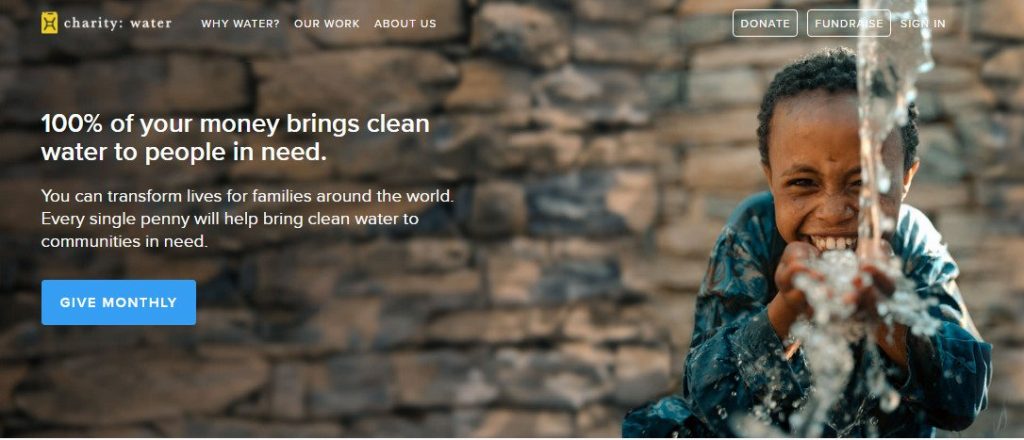
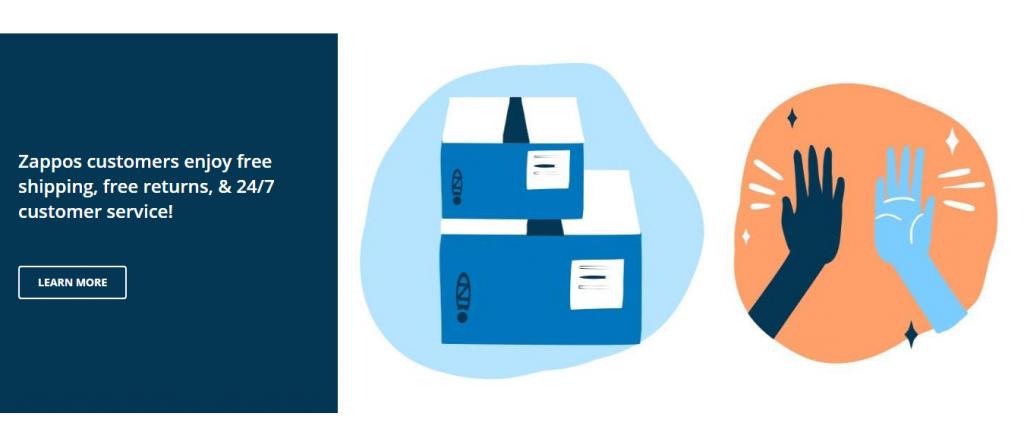

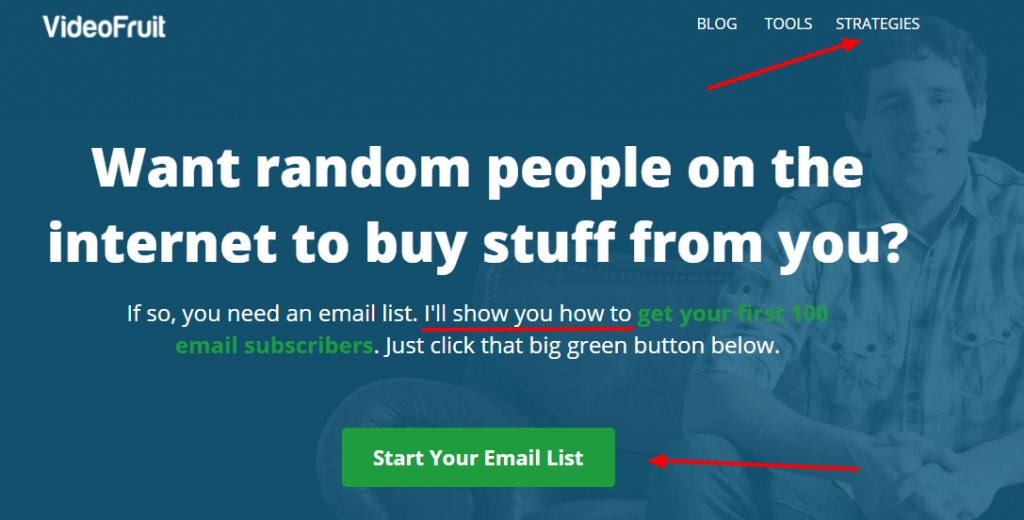
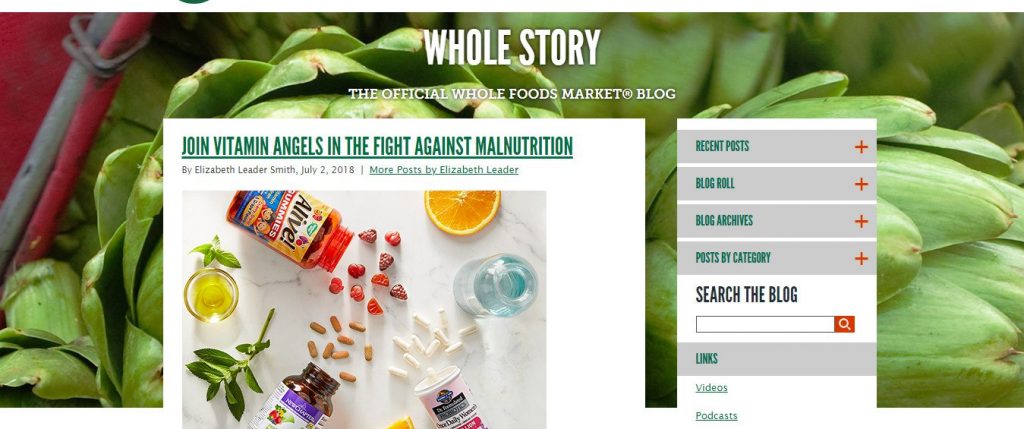
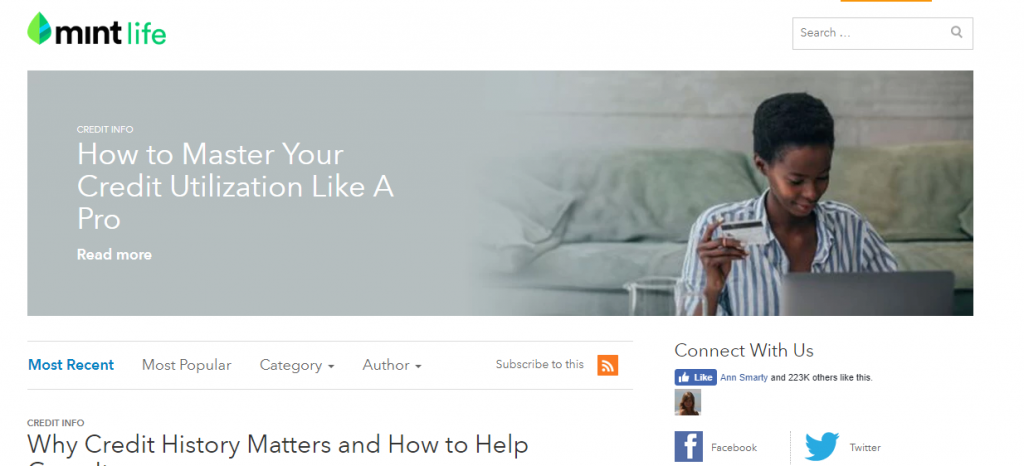

Very useful explanation 👍🏻
Useful article. Tell your ghostwriter that I like his/her work.
Thanks for reading.
I’m hurt that you think it was ghostwritten 😉